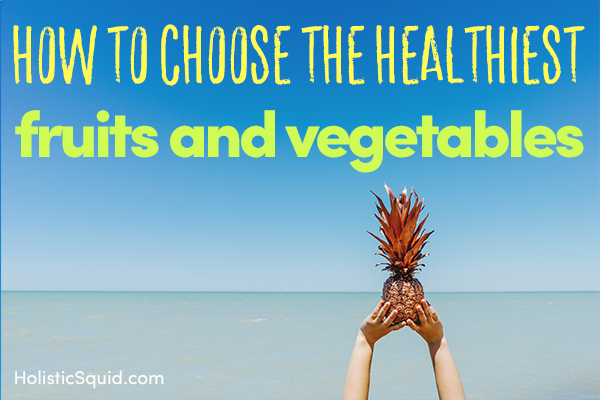
My recommendation is to eat seasonal, local, and organic everything when possible. But since we don't live in a wellness bubble, it's good to know what your choices are.
If money's tight, pickin's are slim, or you find yourself sitting in front of a restaurant menu, here's a guide to help you choose the healthiest fruits and vegetables for you and your family.
What's the big deal about organic produce?
Practically every health organization out there tells us, we need to consume more fruits and veggies. But what they don't always mention is that fruits and vegetables at the grocery store may contain residue from pesticides.
How dangerous is exposure to low levels of pesticides? How about long-term exposure to low levels of pesticides? Animal studies have repeatedly shown pesticides have adverse effects on health. They're linked to cancer development, birth defects, and nervous system damage, among other things.
If toxic fruits and veggies isn't discouraging enough, studies have shown that some types of “conventional” fruits and vegetables have less vitamins than organic alternatives. If you want the healthiest fruits and vegetables, it would seem like organic is the way to go, right?
Make smart choices on organic produce
Given the potential risks of exposure to pesticides, going organic when it comes to produce seems like a no-brainer. The problem is, organic produce isn't always available – or affordable. So how do you choose the healthiest fruits and vegetables when organic isn't an option?
Instead of taking an “all or nothing” approach to going organic, a better solution is to take a look at what types of produce typically contain the most pesticides. Choose organic for these foods, and if you have to make compromises, limit your exposure by eating conventional foods that aren't as pesticide-heavy.
A guide to the healthiest fruits and vegetables
The Environmental Working Group (EWG) offers consumers a free shopper's guide to the least and most contaminated produce foods.
According to EWG investigations:
The MOST contaminated produce includes….
- Apples
- Nectarines
- Strawberries
- Cherries
- Imported grapes
- Pears
- Sweet bell peppers
- Celery
- Kale
- Lettuce
- Carrots
The LEAST contaminated produce includes:
- Pineapple
- Mango
- Avocado
- Onions
- Sweet Corn
- Asparagus
- Sweet Peas
- Cabbage
- Eggplant
- Broccoli
- Tomatoes
- Sweet Potatoes
You can read about the investigations, criteria and sources used to compile this list at FoodNews.org. This site has a handy printable guide to this list, more extensive information on how to choose the healthiest fruits and vegetables that aren't on this list, and even an iPhone App you can use to help guide you in choosing organic produce wisely when you're out in the real world.
Think INSIDE the Box
To get high quality and save money on the healthiest fruits and vegetables, do some research on organic farm boxes in your area. Our family uses Abundant Harvest Organics, and we save loads of money each week while dining on seasonal, organic, fresh AND local produce that we either pick up minutes from our home or have delivered. We can even get pastured eggs, free range chicken and meat, dairy, nuts, grains, and honey – all organic and local.
CSA farm boxes are another great way to buy fresh, healthy, nutritious local produce. You can find and purchase produce that isn't bathed in pesticides in your local community and support family farmers in the process. It's a win-win situation for your family, local farmers, and the environment. LocalHarvest.org is a helpful site for locating a CSA near you.
What do you do to ensure you choose the healthiest fruits and vegetables for your family? Share your best tips below!





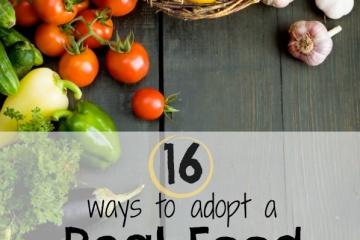

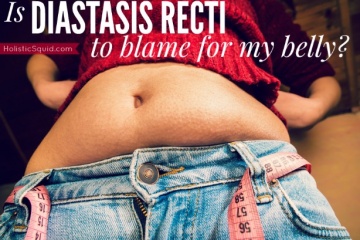
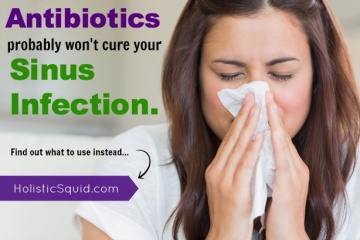
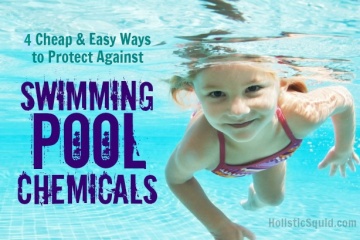
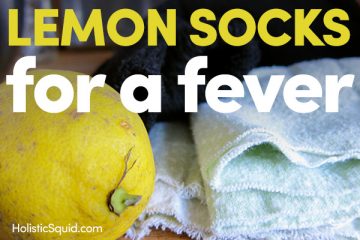
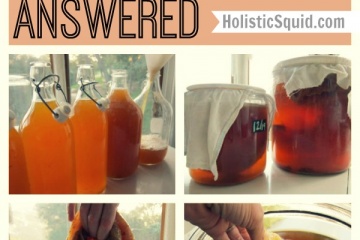
Leave a Reply